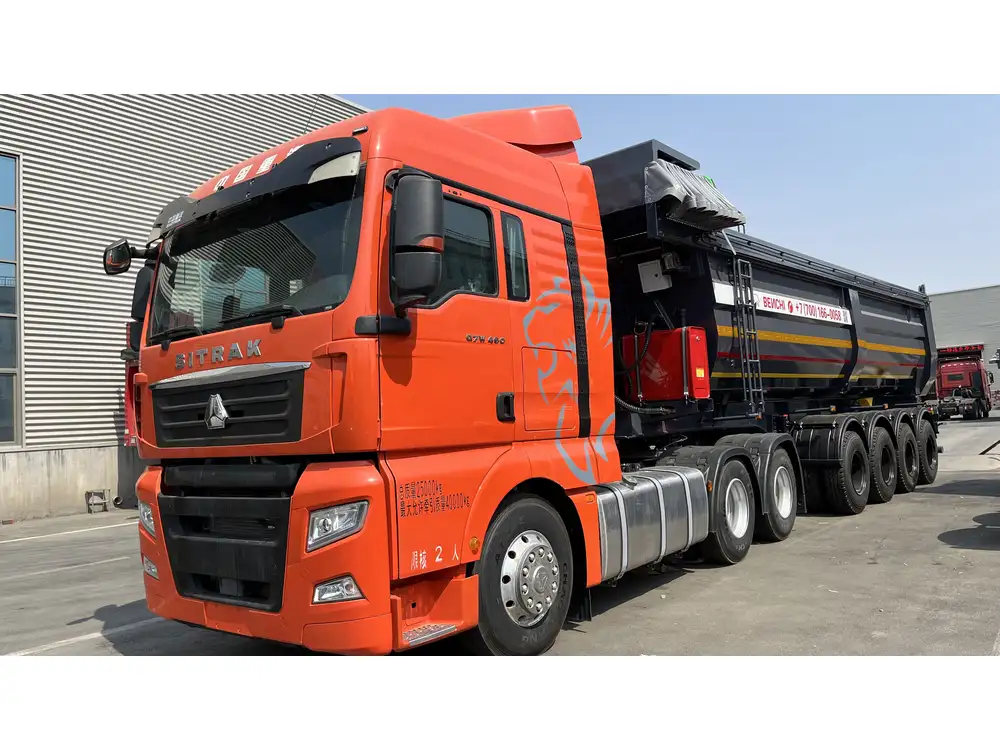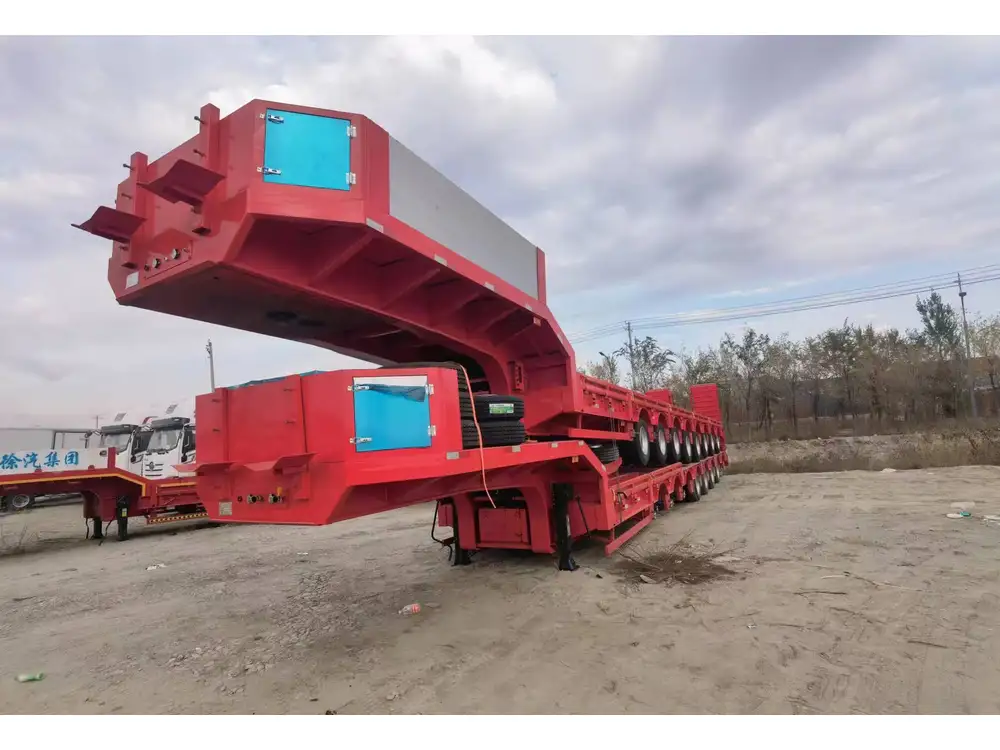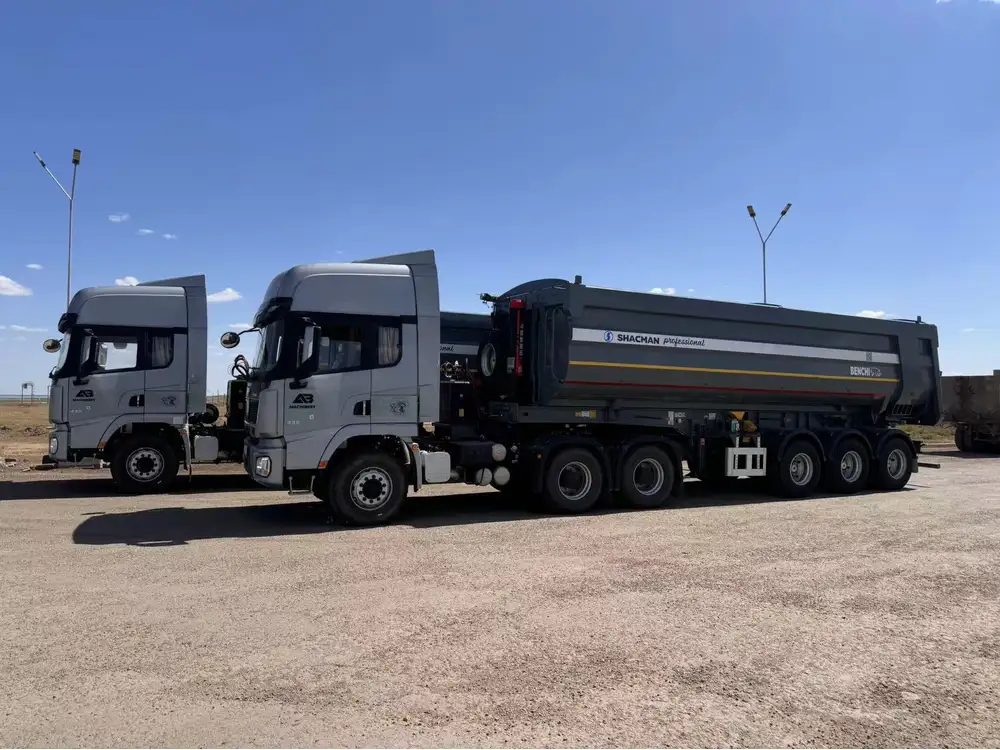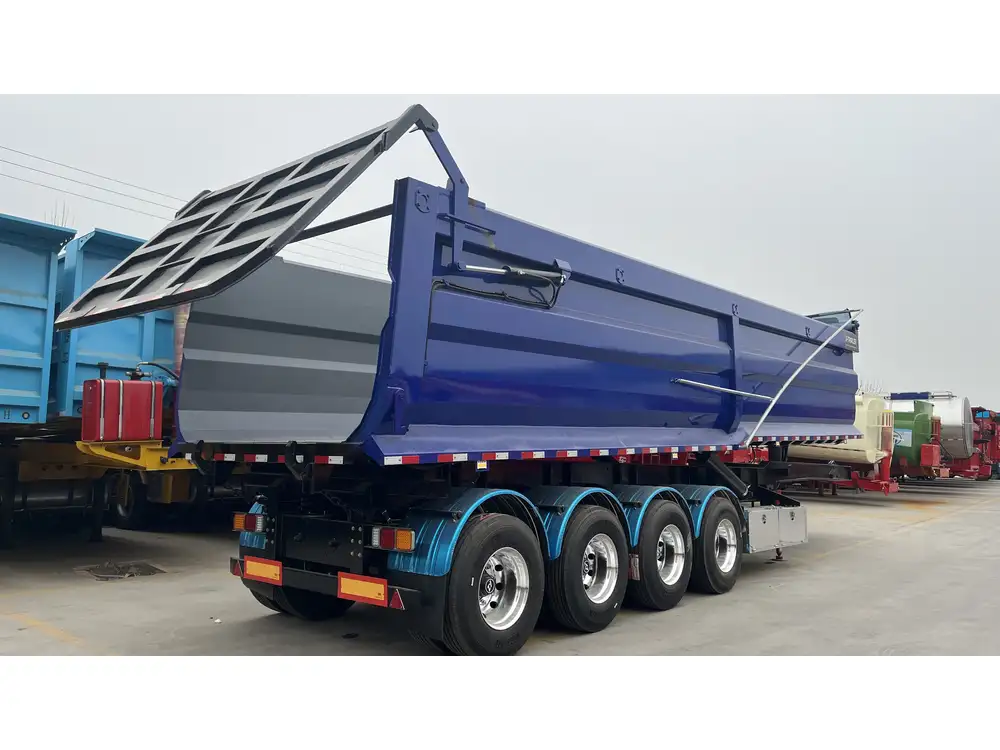Moving a semi-trailer without a tractor is a challenging task that can arise in various scenarios—be it during repairs, relocation, or when a truck is unavailable. In this guide, we will delve into detailed methods, necessary equipment, safety measures, and step-by-step instructions that facilitate the moving process, ensuring that everything is executed smoothly and efficiently.
Understanding the Challenges
The Nature of Semi-Trailers
Semi-trailers are long, heavy vehicles that typically require a powerful tractor unit to haul them. The significant weight and size not only complicate movement but also pose risks if handled improperly. Before starting the movement process, understanding the specific challenges that semi-trailers present is essential.

Common Scenarios for Moving a Semi-Trailer Without a Tractor
- Repairs at a Workshop: When servicing a trailer, it may be necessary to move it within the workshop.
- Storage Requirements: When relocating to a storage facility where tractor access is limited.
- Improvised Transport: During emergencies or unforeseen circumstances when the tractor is rendered unavailable.
Equipment and Tools Required
Taking on the challenge of moving a semi-trailer without a tractor requires specific equipment and careful planning. Below is a categorized list of essential items:
Mechanical Equipment
| Equipment | Description |
|---|---|
| Dollies | A set of wheels that allows for easy transport of a trailer. Can be manual or motorized. |
| Jack Stands | Essential for stabilizing the trailer during movement and adjustments. |
| Winches | Helpful for pulling the semi-trailer into position without the need for a tractor. |

Safety Gear
| Equipment | Description |
|---|---|
| Safety Gloves | Protects hands during handling and reduces the risk of injury. |
| Reflective Vest | Ensures visibility when working near roadways or busy environments. |
| Hard Hat | Protects the head from falling debris during the moving process. |
Essential Steps to Move a Semi-Trailer Without a Tractor
1. Preparation and Planning
Before attempting to move the semi-trailer, thorough preparation is crucial. This entails the following sub-steps:
- Assess the Trailer: Ensure the trailer is in excellent condition for movement. Look for any signs of damage, especially to the hitching mechanism.
- Choose Your Location: Identify where the trailer will be moved. A flat, open area is ideal to prevent unwanted accidents.
- Gather Your Equipment: Ensure all tools and safety equipment are readily available before moving forward.

2. Use of Dollies
Types of Dollies
- Manual Dollies: These require physical effort to move and are suitable for smaller trailers.
- Motorized Dollies: More powerful, suitable for larger semi-trailers, saving time and energy.
Steps for Using Dollies
- Position the Dolly: Align the dolly’s coupling with the semi-trailer’s hitch.
- Attach the Dolly: Securely fasten the dolly to the trailer’s hitch using pins and safety chains.
- Lift the Trailer: Using the dolly’s hydraulic lift (if applicable) to raise the trailer off the ground.
- Check Stability: Ensure the trailer is stable and secured to the dolly before attempting to move.

3. Using a Winch
When the trailer needs to be repositioned into a tighter space or during loading and unloading, a winch can be invaluable.
Steps for Using a Winch
- Anchor the Winch: Secure the winch to a stable object capable of withstanding substantial force, such as a tree or a heavy vehicle.
- Attach the Cable: Connect the winch cable to the front of the semi-trailer.
- Winch In: Gradually pull the trailer towards the anchor point. Be cautious and maintain constant tension to avoid any jerking events which may damage the trailer or equipment.
- Monitor the Movement: Ensure no obstructions are in the path and have a spotter if visibility is limited.
4. Maneuvering the Trailer
Depending on the desired location, precise maneuvering skills may be required. Utilize these tips:
- Plan the Route: Determine the most efficient movement path that eliminates any potential hazards.
- Slow and Steady: If pushing or pulling the trailer, maintain a slow, steady pace to keep control and ensure stabilizer jack stands are adequately supporting the load.
- Teamwork: Coordinate with team members, assigning specific roles such as awareness of surroundings and monitoring trailer movement.

Safety Measures
Moving a semi-trailer without a tractor carries inherent risks. To mitigate these, adhere to strict safety protocols:
1. Always Wear Protective Gear
Ensure that all team members are wearing appropriate safety gear to prevent injuries.
2. Stability is Key
Keep the trailer lifted securely on the dolly or jack stands before any movement occurs to avoid accidents.

3. Conduct Regular Equipment Checks
Inspect all equipment before use for any possible faults that could compromise safety.
4. Communication
Use radios or clear verbal signals to maintain communication throughout the moving process, especially in noisy environments.
Consideration: Weather Conditions
Always factor in weather conditions when planning the move. Rain, snow, or high winds can significantly influence the stability of semi-trailers during movement. Postpone operations if weather conditions jeopardize safety.

Conclusion
Successfully moving a semi-trailer without a tractor is achievable with the right equipment, thorough planning, and adherence to safety protocols. Whether using dollies or winches, remember that patience and precision are paramount in navigating this complex task. As the landscape of logistics evolves, the tools and methods for maneuvering trailers adapt alongside, ensuring that we can rise to face any transport challenge that may arise.
By employing the methods outlined here and prioritizing safety, involved parties can overcome what initially seems a daunting task, leading to efficient operations and minimized risk of damage or injury.



